How do I know if my home has been built properly?
At the front of mind for the majority of homeowners entering into any building project, is the question of how to know whether the works they have started have been built with care, are within specifications and comply with the rules and regulations and have ultimately been built properly.

It is important to understand the process, stages, checks and requirements each build goes through and we’ve put together some information to help explain the process and the different stakeholders involved and their key role in your build;
These can be broken down as follows:
- Principal Certifying Authority (PCA);
- Engineer;
- Builder;
- Quality Assurance Program;
- Certificates;
- Defect Period.
- Statutory Warranty Period
Principal Certifying Authority (PCA)
A Principal Certifier is engaged to carry out mandatory inspections associated with a build during the construction process. They are there to ensure the structure is completed in accordance with the approved consent (DA/CC or CDC), as well as to check compliance with the Building Code of Australia (BCA) requirements
Generally for a second storey addition, the mandatory inspections that the Certifier will undertake during the build may look like this:
– After excavation for and prior to the placement of any footings
– Prior to pouring any in-situ reinforced concrete building element
– Prior to covering of the framework for any floor, wall, roof, or other building element
– Prior to covering waterproofing in any wet areas
– Prior to covering any stormwater drainage connections
– After the building work has been completed & prior to any Occupation Certificate being issued in relation to the building
Upon completion of mandatory inspections, completion of all works associated with the approval and final documents/certificates provided, an Occupation Certificate will be issued.
Engineer
A structural design plan is generally prepared by registered professional engineers, and, are based on information provided by the architectural drawings. They provide details for how a building or other structure will be built.
It is not uncommon for engineering revisions to occur during the build following onsite inspections by the engineer and consultation with the project manager. The engineer is there to confirm that the structure has been built in accordance with his plans and certifies the overall structural adequacy of the build. This certificate is provided to the Certifier.
Inspections undertaken by engineers may look like this;
– Prior to pouring any in-situ reinforced concrete building element
– Prior to covering of the framework for any floor, wall, roof, or other building element
– Prior to covering any stormwater drainage connections (if required – based upon the hydraulic design)
Builder
The role of the builder is to interpret the architectural drawings, structural drawings, surveys plan and all approved documentation and construct the building in accordance with these. The builder will then coordinate, schedule and oversee the multiple skilled trades to undertake each component of the build and then liaise and coordinate the inspections with the engineer and certifier during the build at critical stages to confirm compliance with the BCA and that the build is structurally sound.
There are multiple trades, suppliers and deliveries to be managed by your builder during a build. To name a few of the trades that would work on your home; carpenters, plasterers, concreters, brick layers, plumbers, welders, electricians, waterproofers, roofers, tilers, labourers, cabinet makers, showerscreen installers, glaziers, staircase installers, painters, flooring installers, insulation installers, asbestos removalists, air conditioning installers, renderers.
Your builder should be able to provide you with a copy of the timeline of your build but don’t be alarmed if dates change during your build with certain items – this is normal, given the multiple trades and deliveries happening! As long as your builder is within your contract period, you only need to focus on your finish date and ensuring that any materials you have to supply are onsite by the date communicated to you. Should you have any concerns with your finish date being on track, just reach out to your builder and their team for clarification. They are there to help.
Quality Assurance Program
As you can see the roles of the builder, engineer and Certifier do a lot to ensure your build is completed in compliance with the BCA and the approved plans, sometimes, it can be easy to overlook the minor items during the build and this is where our quality assurance program steps in. As an additional check across all of our builds, we arrange for an independent building inspector to complete a progress inspection at the Lock up and Rough in stage and a final inspection pre-handover.
This is an added layer of reassurance for us and our clients to ensure you are receiving the highest quality build.
Certificates
Following Practical Completion, certificates are provided to the certifier.
These are from the individual trades to certify their work has been completed in compliance with the Australian Standards.
Certificates required but not limited to:
– Engineering structural adequacy certificate
– Waterproofing certificate for each wet area
– Insulation certificate
– Glazing certificate
– Electricians CCEW certificate
– Smoke alarm certificate
– Plumbing certificate of compliance
Defect Period
Upon completion of your build and reaching Practical Completion, you will have a 13 week minor maintenance period. This is for the builder to attend to minor defects that would have been listed during your Practical Completion walkthrough but don’t prevent you from moving into your new space.
What happens when your defect period ends?
There are statutory warranties on your build.
This means that should any issue arise with the works on your home, you may reach out to your builder and make a claim; within six years for major defects and within two years for other defects from the date of completion.
By providing photos and videos to the builder, they can then investigate and determine whether it relates to the builder/contractor’s workmanship and attend to the defect for you. Industry guidance materials like the Fair Trading Standards and Tolerances guide can assist in determining a defect.
Dispute Resolution
Open communication with your builder goes a long way to easily resolving defects without the need to take legal action. Generally, if a builder and/or the owner are concerned with defects at the home, the builder may arrange an independent inspection with an engineer or building inspector, this then allows an impartial view and you can then discuss any concerns with your builder to work with you on. Alternatively, if there is a communication breakdown, either you or the Builder can formally request for Fair Trading to assist in dispute resolution and in most cases the Inspector will arrange to meet with you and the builder on-site to inspect the work under dispute and act as a mediator and issue an order of rectification if it’s required. If your builder is no longer operating, then you can submit a claim through your Home Warranty.
Ensuring Excellence with 32 Degrees Building Quality Assurance Program
At 32 Degrees Building, we are committed to delivering exceptional quality and impeccable finishes for your construction projects. Our 32 Degrees Building Quality Assurance Program is designed to ensure that your build meets the highest standards of quality and completeness so that we can provide you with the confidence that your build has been built to code.
What is the 32 Degrees Building Quality Assurance Program?
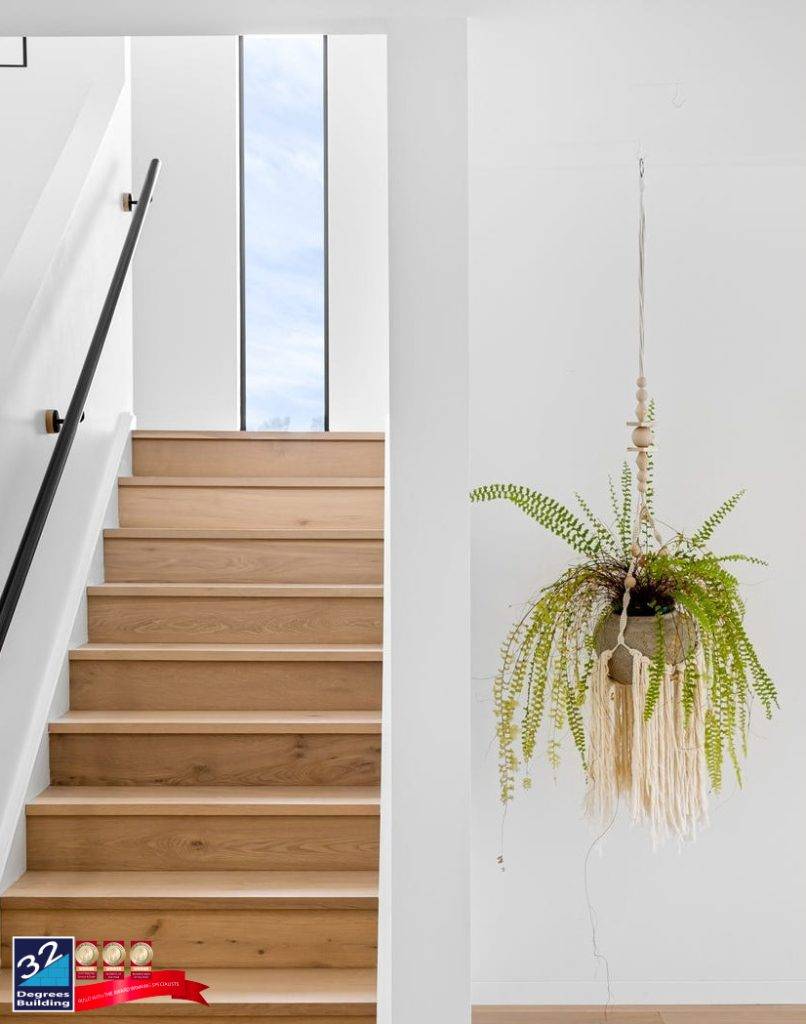
The 32 Degrees Building Quality Assurance Program is an integral part of our commitment to building excellence. This program includes a detailed progress inspection and final inspection conducted by independent building inspectors. These inspections are crucial for maintaining the highest standards throughout the construction process and ensuring that all aspects of the build are up to code and quality benchmarks.
Progress Inspection
Our progress inspection is conducted following the rough in stages of the construction process. These inspections are designed to catch any potential issues early and ensure that the build is proceeding correctly.
Key Areas of Focus:
- Frames: Inspecting the structural integrity of the frames to ensure they meet design specifications.
- Cavity Drainage & Flashings: Checking that drainage systems and flashings are properly installed to prevent moisture issues.
- Rough-In Stage: Assessing the preliminary installation of electrical, plumbing, and HVAC systems before the plasterboard is installed.
Final Inspection
The final inspection is conducted just before the handover and the sign-off of practical completion. This comprehensive inspection ensures that every aspect of your new build is finished to the highest standards.
Key Areas of Focus:
- Internal Areas: Evaluating the quality and finish of all interior spaces, including walls, ceilings, floors, and fixtures.
- External Areas: Assessing the exterior finishes, including cladding, roofing and gutters
Detailed Reporting and Certification
Both the progress and final inspections culminate in a detailed reports that may highlight any defects or areas requiring attention. These reports are crucial for ensuring that any issues are addressed promptly and that the build meets our stringent quality standards.
Certification:
Upon the successful completion of the Progress Inspection and Final Inspection, a Certificate of Quality Assurance is issued. This certificate is your assurance that all quality requirements have been met, and your new build is ready for handover in perfect condition.
Integration with Other Inspections
Our Quality Assurance Program is conducted in addition to the principal certifying authority (PCA) inspections and engineering inspections. This holistic approach ensures that your build is not only compliant with all regulatory requirements but also meets our rigorous quality benchmarks.
Conclusion
At 32 Degrees Building, our Quality Assurance Program is a testament to our dedication to delivering the highest quality builds. By incorporating thorough progress and final inspections, we ensure that every project meets our exacting standards. Trust us to provide you with a home that is not only beautiful but also built to last.
Take A Holiday On Us
Nobody wants to live through construction. Take a holiday while we build.
We invite you to take a holiday on us at the start of your build. Let us take over whilst you relax. Think about how amazing a couple of weeks break will be when we kick off the addition or extension of your dreams.
We want you to take some time off, kick back and enjoy some relaxation and recuperation that we know you truly deserve. Celebrate your new addition or extension with a holiday courtesy of 32 Degrees Building.
Go ahead with any addition or extension valued over $200K, and for a limited time only, we will cover the costs of your holiday, terms apply*
*Terms and Conditions: Cannot be used in conjunction with any other offer. Upon payment of the 10% deposit towards your HIA fixed-price contract, we will provide you with a $3,000.00 Flight Centre Voucher or give you a $3,000.00 holiday cashback into a nominated bank account. A condition of our building contract is that you vacate the premises for a minimum of two weeks while power is cut to the home and the build commences. During this time we invite you to take a much-needed break and take a holiday on us. This promotion is valid for anyone who signs a preliminary agreement with us from 1 April 2022 till 30 June 2022. Building must commence within 6 months of the preliminary agreement being signed.
What we are doing to combat the state of the construction industry landscape
Alongside a house price boom, Australia is in the midst of a homebuilding boom with the Housing Industry of Australia expecting that a near-record number of new homes will be built over the next 12 months.
But for many in the residential construction sector, it’s a profitless boom – and several major players have recently gone bust, with the assumption that more will follow.
Why are construction companies folding?
A perfect storm of factors has been brewing for the better part of 2021, and now the rainy season has arrived.
Supply chain issues, with a shortage of building materials worldwide resulting from COVID-19 disruptions, coupled with natural disasters from freak storms and flooding to bushfires, have provided significant pressure on builders.
Those shortages have led to prices rising exponentially, particularly for timber and steel.
On top of that, a labour shortage is making it difficult to find tradespeople, giving workers the power to command huge wages.
So, the overall cost of construction has been pushed up significantly.

A number of major builders have gone bust in recent months despite a home construction boom. Picture: Getty Images
Adding to this is the lengthy delays in actually getting the materials, which has led to some homes taking more than 12 months to be built, further adding to building companies’ costs.
With the majority of builders signing fixed-price contracts with buyers, and the margin for escalating costs being inadequate, many are losing money on every single project.
It’s a big problem in exceptional circumstances like we’re seeing at the moment, said Russ Stephens, co-founder of the Association of Professional Builders.
“The average cost of a contract for a builder has gone up between 15% to 20% over the past six or seven months alone – and up to as much as 50% in some areas,” Mr Stephens said.

Australia is in the midst of a residential construction boom, with a near-record number of new homes to be built in the next year. Picture: Getty Images
What we are doing to combat the state of the construction industry landscape
32 Degrees Building has been operating for over 11+ years, and we know and understand how to manage our business in turbulent times.
We have been working with our team and talking directly to our suppliers to manage and understand any upcoming supply challenges and supply chain issues. We have been working with our timber suppliers closely to understand their difficulties in obtaining overseas supply and then managing, monitoring and forecasting for our current and future builds. Skills shortage for us isn’t an issue, we have worked very hard to set our business apart from the rest. Our team are employed with us and this enables us to closely manage and develop their practical skills with us over the course of their apprenticeship and retain them into tradespeople and leadership roles – we now employ over 40 team members and continue to grow. By employing our team members, we manage our labour costs. This strategic approach we have applied to our business has allowed us to manage our costs and your build providing you with the security and confidence that we are here to stay.
Our business is always looking forward and planning for the future. We forecast 6 months, 12 months, and 18 months ahead to ensure we can stay one step ahead of any market issues and trends.
With the above in mind, we have a strong business model and capable management team in place to ensure that the best outcomes for our clients and the business are always achieved.
Should I Stay or Should I Go? Hot tips to help you survive your renovation
Tips for homeowners living through a renovation, extension or addition
How to Decide Whether to Move Out or Live Through a First Floor Addition, Ground Floor Extension or Renovation?
Whether you are building a First Floor Addition, Ground Floor Extension or Renovation, the one question that our clients always ask us is can they stay in the home and live through construction or should they consider temporarily moving out? This is a big decision to make — with a lot of factors to consider other than your budget when entering into significant construction works to your home.
We have outlined below some of the factors to take into account when looking to stay or move.
Factor # 1 – Scope of works
<![endif]–>
Trainee’s Efforts Rewarded With Full-Time Role
It is always great to see a trainee excel and be rewarded with a full-time role once they complete their qualification.
That’s been the case for Kelsey Ray, who has just completed her Certificate III in Business Administration with us here at 32 Degrees Building.
Kelsey is “delighted” to be staying on with the business, which specialised in custom built new homes, first floor additions and ground floor extensions. She will continue in an administration type role, utilising the skills she has developed in customer service, processing payroll and navigating MYOB.
“Kelsey has been a positive addition to our team,” said Victoria Size, Operations Manager at 32 Degrees Building.
“She is assertive in her ability to step in and assist in other areas where she can and is always willing to learn more. Kelsey now has a great understanding of accounts payable and payroll and is continuing her learning path with sales, client support, HR and accounts receivable, which will ensure that she is a great asset to any company she works for.”
The skills and knowledge Kelsey has learnt in her traineeship have been invaluable to her in regards to working in an office environment.
“Being able to develop the skills I need to start my career in business administration in a practical, real world application,” Kelsey said of what she’s enjoyed the most about her traineeship.
A key element to any young employee getting the most out of their traineeship is the support they have around them. Kelsey described the support she received the last year as “excellent”.
“Everyone at 32 Degrees Building have been so willing to share their knowledge and experience with me, and it was comforting to know that My Gateway was always there if I needed help with anything.”
Prior to beginning her traineeship at 32 Degrees Building, Kelsey worked in the veterinary industry and had limited administration experience. This didn’t pose an issue during her traineeship though, with Kelsey displaying an eagerness to learn and to help her colleagues when necessary.
“From the start Kelsey was all about the “why” – she had to understand why she was doing what she was doing and as soon as she understood this, she was able to effectively undertake her new role,” Victoria said.
Kelsey’s development throughout her traineeship has provided her with some great lessons and advice to help anyone looking to do a traineeship.
“Ask for help when you need it,” Kelsey said. “You’re there to learn and no one expects you to know how to do everything straight off the bat, so ask questions when you need to so you can get the support you need.”
“If you’re willing to put the effort in, you won’t regret it. The opportunity to learn on the job is truly invaluable and My Gateway will be there to help every step of the way.”
We are stoked to have Kelsey employed with us full-time as a valuable member of our team and thank My Gateway for their support throughout the process.
Start your career with us
Leading Hands, Carpenters, Carpentry Apprentices and Administrative Staff Required
Due to recent growth, we are looking for leading hands, carpenters, carpentry apprentices and administrative staff that live in the surrounding suburbs along the M4 & M5 corridors to join our team.
To apply, please call 02 4647 2324 and send your resume to admin@32degreesbuilding.com.au
Must have a drivers licence and a ute, an immediate start is available for the right applicant. Attractive packages available to the right candidates and based upon skill level. Apprentices are paid as per the Award.
What do we offer in return?
A challenging, rewarding and safe working environment where you can develop your skills and gain a variety of experience across the residential construction industry. We will help you to cement your future in your chosen trade and offer exciting career opportunities for you.
How to save money building a First Floor Addition vs a Ground Floor Extension
We often have clients that approach us looking to add more room to their home.
A common question we are asked is ‘Should I build an extension or an addition?‘
We look at the benefits of building an Addition vs an Extension below.
What’s the difference between an Extension and an Addition?
Extension
In the building industry, the term ‘extension’ refers to extending an existing building; to extend its overall floor size. Basically, it means to add another room or make a room larger whilst remaining at the ground level. To add an extension to your home, you will need to sacrifice some of your backyard or front yard to accommodate the extra room.
Addition
Similar to an extension, an addition can add more living space to your home. However, with an addition (also known as a second storey addition/first floor addition), you do not need to give up any of your yard space as an ‘addition’ goes up and not out like an extension is required to do. In other words, when you have an addition done to your home, you will gain another floor level. Adding height rather than length.
The cost benefits of building an Addition vs an Extension
- You can keep living in your home whilst an addition is being built, this saves you the costs related to finding short term accommodation and relocating your family and your possessions.
- You do not have to worry about soil removal. When building an extension, excavation and site preparation costs can be high. Not only do you have to prepare the site to be built on, you often need to remove any excess soil and other materials to make way for the extension.
- An addition can add significant value to your home. How much value can vary greatly depending on what you plan to add to your home. Regardless, a first floor addition is said to add between 30 to 60% to the value of your home.
- If you add extra bedrooms and bathrooms to your home, you can expect a significant return on your investment. This increase in house value is often in line with the difference in house prices from going from a three-bedroom home to a five-bedroom home.
- Choosing to build a First Floor Addition to your home rather than a Ground Floor Extension will also result in you being able to retain more yard space and this will also further add to the selling power of your property.
Regardless of your decision, our team can assist you with an Addition or Extension to your home. Contact us to discuss how we can add more room to your home.


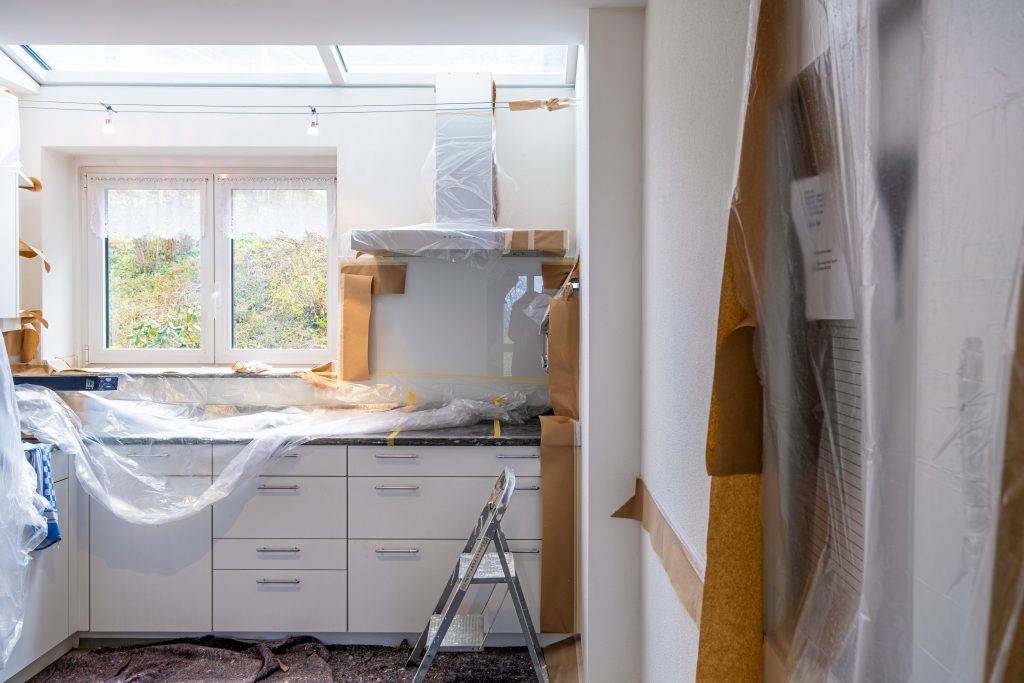
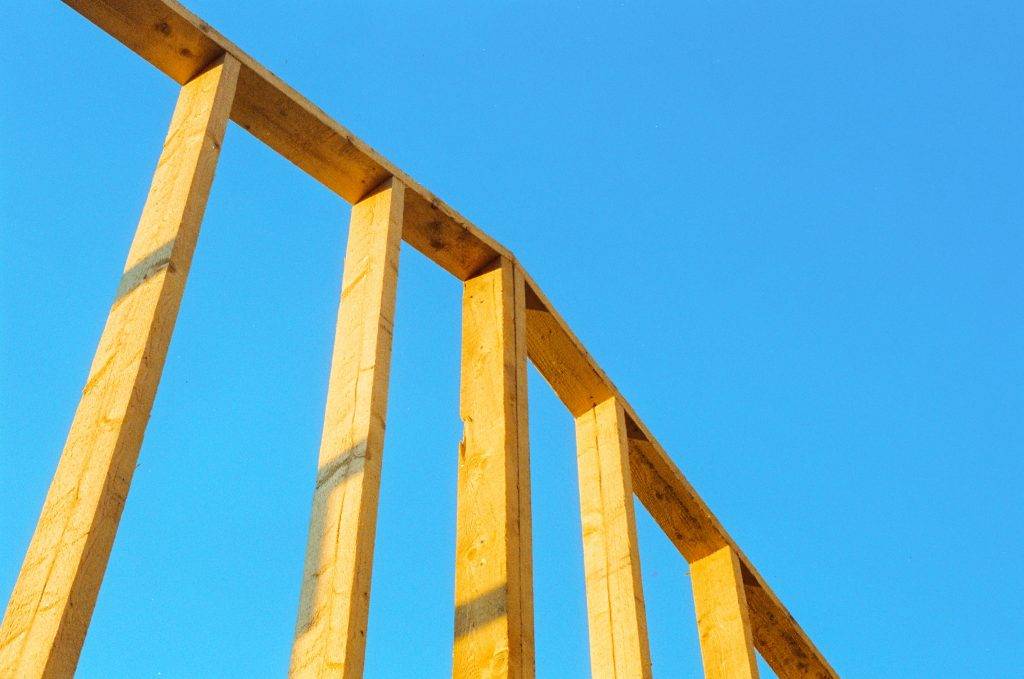
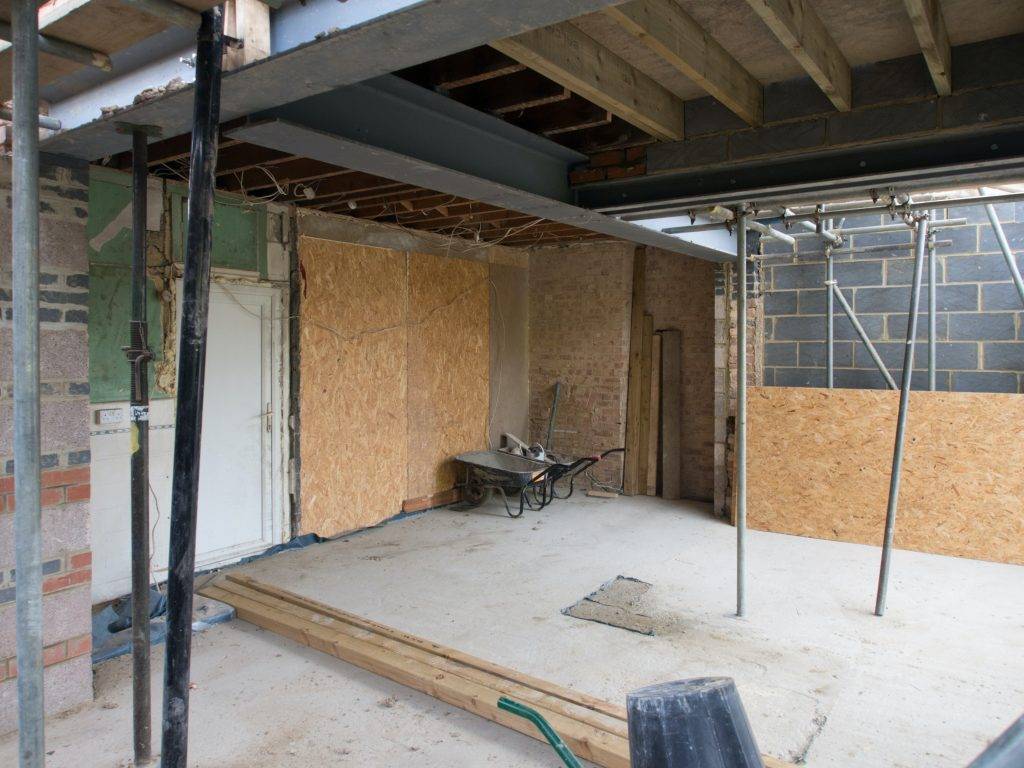 How much work is going to be done to your home? Are you doing a
How much work is going to be done to your home? Are you doing a 
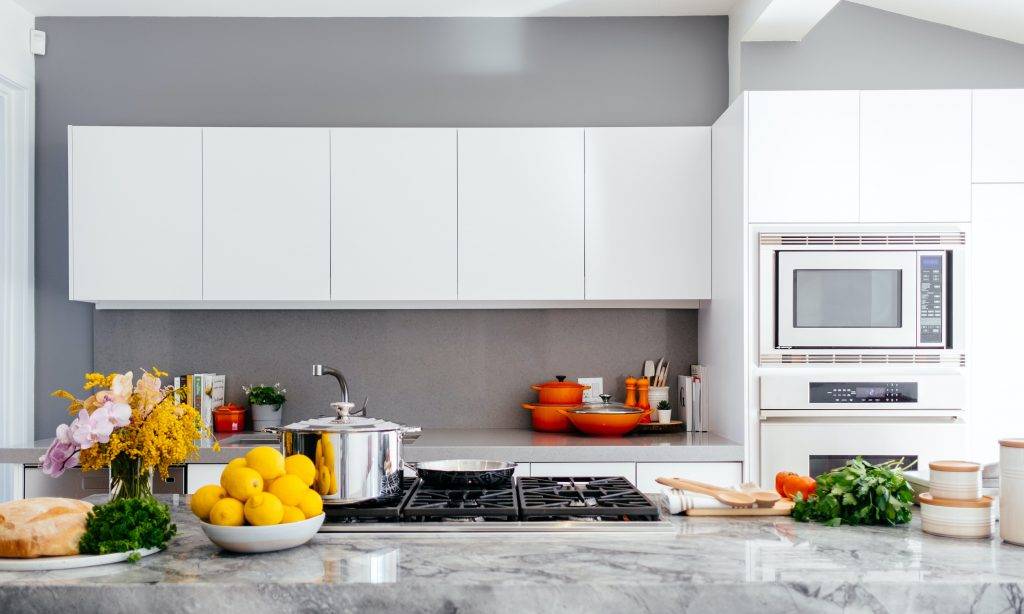 If you choose to live through the
If you choose to live through the  Can you deal with the noise coming from jackhammers, electric saws, welding machines, dump trucks, cement mixers, cement cutters, tamping machines, sledgehammers, and drills as early as 7AM and as late as 6PM?
Can you deal with the noise coming from jackhammers, electric saws, welding machines, dump trucks, cement mixers, cement cutters, tamping machines, sledgehammers, and drills as early as 7AM and as late as 6PM?  When the
When the 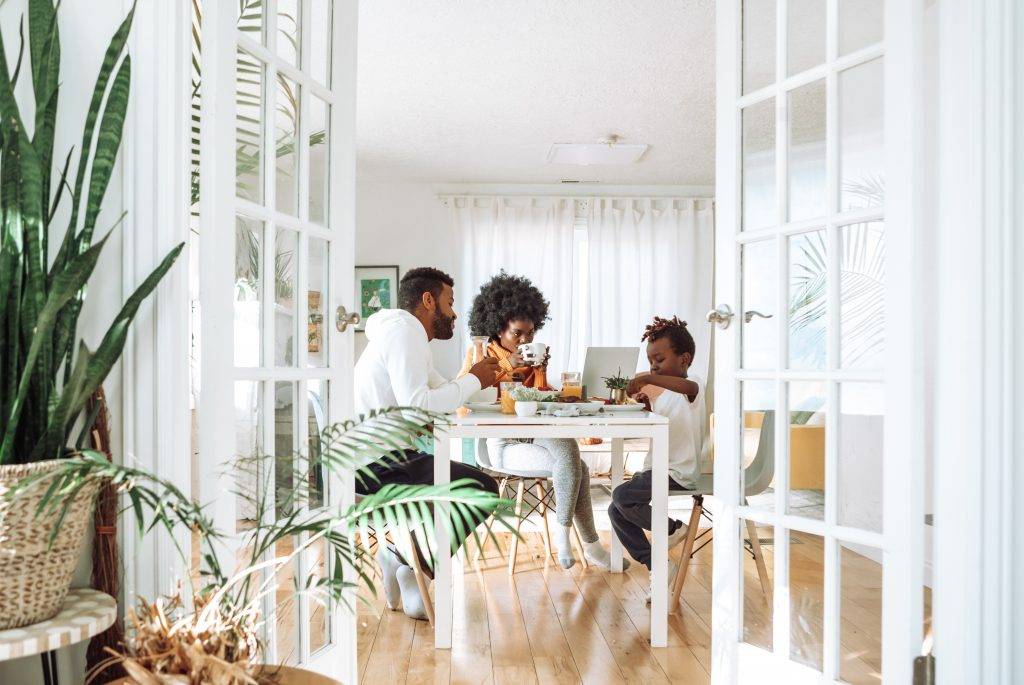


Sydney is a wonderful place to live, but it can also be challenging when it comes to living arrangements. As property prices continue to soar, many families are finding it difficult to find affordable homes that fit their needs. Multi-generational families living together has become more common, particularly around the inner city suburbs, where there is a high demand for living space. However, with the increase in demand comes an equally high cost, which means that many families are turning to alternative solutions like home renovations, particularly second storey additions.
Adding a second storey addition to your home is more than just a way to gain extra living space; it’s an investment in your future. Many people assume that purchasing another property is a better investment, but this is not always the case. When you take into account the cost of purchasing and maintaining another property, along with the legal fees and taxes associated with buying and selling properties, the investment may not be worth it.
On the other hand, building a second storey addition is a better financial decision that has many benefits. Firstly, building a second storey addition on your home adds significant value to your existing property. Secondly, your home will have more space to accommodate your entire family, giving everyone room to spread out and enjoy different aspects of the house. Multi-generational living is becoming more acceptable and popular, particularly in the larger cities where real estate prices remain high, and families want to stay close to each other.
As a homeowner, choosing to build a second storey addition gives you the flexibility to create a design that suits your needs. Whether you need an additional bedroom, a home office, or a second lounge area, you can work with a professional builder who can create a custom design according to your requirements. With a bespoke design, you can ensure that your new space will be both functional and aesthetically pleasing.
Another advantage of building a second storey addition is that it is less disruptive than moving. Moving your entire family to a new home can be challenging and expensive, particularly when you consider the cost of moving fees, furniture removals, and utility connections. Building a second storey addition, on the other hand, requires minimal disruption to your lifestyle. You can continue to live in your home throughout the building process, ensuring that your children can maintain their routines and attend their regular schools.
Multi-generational families living together in Sydney are a growing trend, and building a second storey addition on your existing home is an excellent investment option. It’s cheaper than buying another property, gives you extra living space, adds value to your home and allows your family to stay close to each other.
If you are considering building a second storey addition for your multi-generational family, it is important to work with a reputable company like 32 Degrees Building. We have a proven track record of delivering high-quality, customised solutions for families in Sydney, and can help you achieve your goals while staying within your budget. With their expertise and experience, you can create a beautiful and functional home that supports your family’s unique needs.